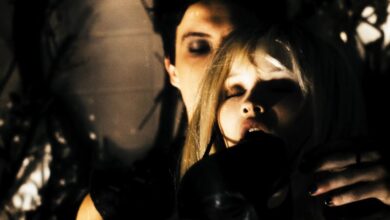Immoral Tales (1973): What Happens When Pleasure Becomes Religion?
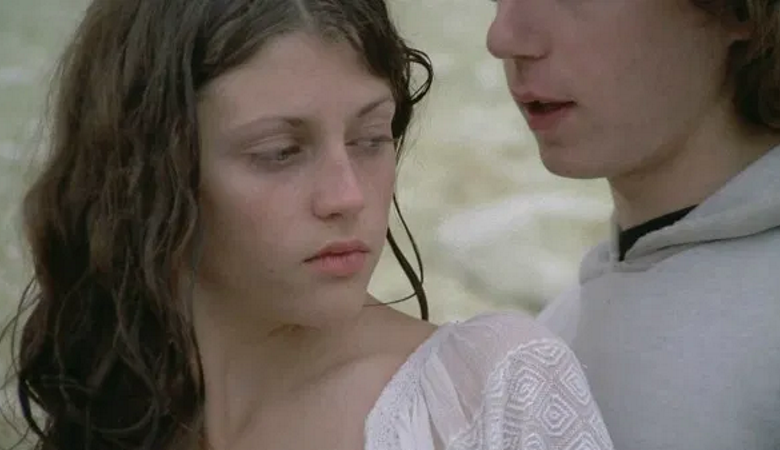
Walerian Borowczyk didn’t just make a film. He slipped a knife beneath the corset of cinema and let the blood of taboo run free. Immoral Tales (1973) is not art-house erotica—it’s art-arsenic erotica. Daring, disturbing, and dripping in excess, this film isn’t about showing skin. It’s about peeling it off, slowly, while you’re still breathing.
If you’ve got the stomach—and the mind—for it, keep reading. You’ve just entered a church where s.e.x is God, and shame is the devil they burn at the stake.
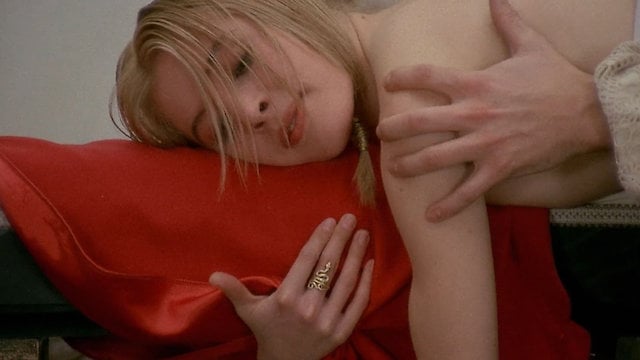
1. The Film That Moans in Four Voices
Immoral Tales unfolds in four separate stories, stitched together not by narrative logic, but by an undercurrent of carnal hunger. Each tale is its own fever dream, drawn from literature, legend, or twisted imagination—and each one is obsessed with a different flavor of desire: the young, the sacred, the dangerous, the dead.
There’s no introduction. No warm-up. The film just opens its legs and stares. It knows you’re watching. It wants you to.
2. The Virgin Tide
A teenage girl and her cousin go for a walk—through waves of heat, through miles of tension, until they’re both alone in a hotel room. She’s 16. He’s older. She’s bleeding from her first period. He’s…waiting. The air is thick with unspoken things, and when the tide comes in, it washes innocence out with it.
No dialogue needed. Just moans, soft sunlight, and the heavy breathing of awakening. Borowczyk doesn’t film s.e.x; he films the prelude, the space between permission and instinct. It’s uncomfortable—and that’s the point.
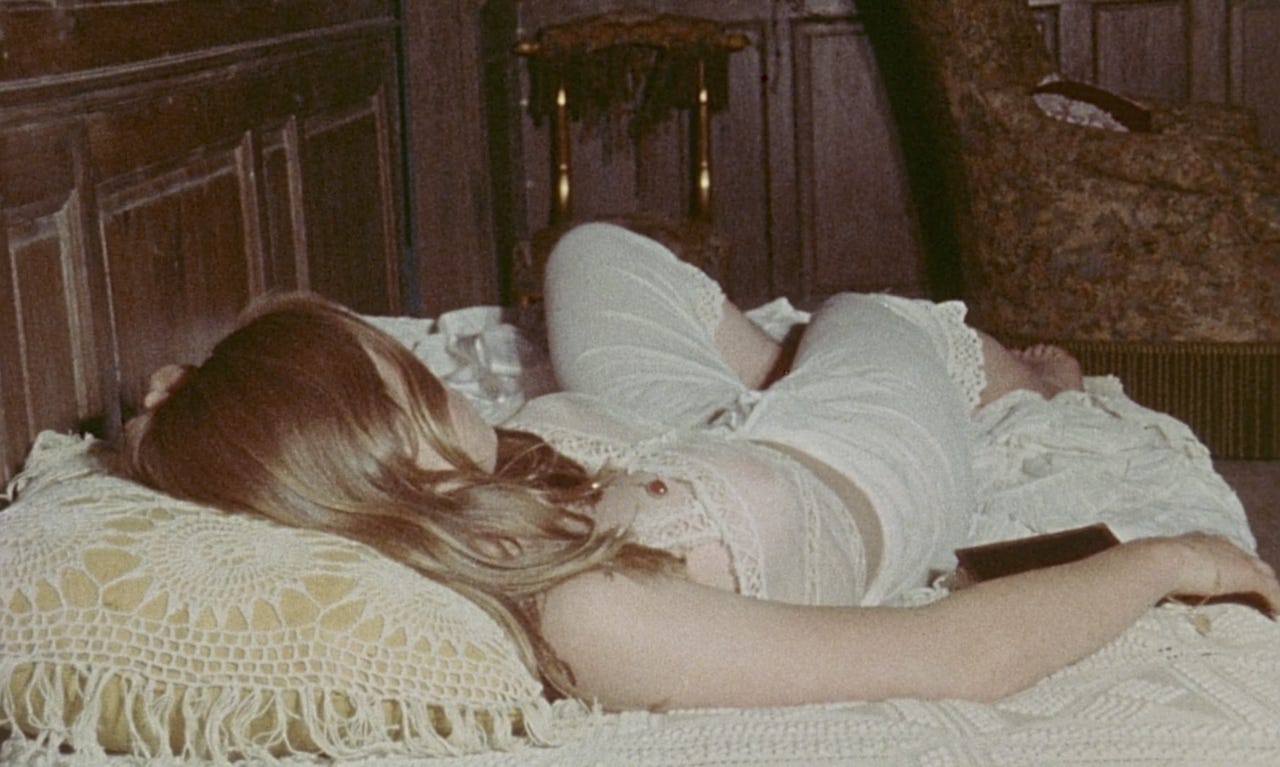
3. Saint or Sinner?
Here, we meet Elizabeth Báthory, the infamous countess who believed that virgin blood was the fountain of youth. While the camera worships her porcelain face and ruby lips, girls are lured in and bled dry—off-screen, but not off your mind.
This isn’t horror—it’s seduction. The way she bathes in blood isn’t violent; it’s ritualistic. Erotic. Holy. Borowczyk dares you to judge her… then tempts you to desire her. You’ll feel dirty. You’ll want to stay dirty.
4. The Holy Obsession
A young nun falls for Jesus. Yes, that Jesus.
She prays harder. Moans longer. Touches herself in the candlelit silence of the convent. And when visions of the crucified Christ begin to blur with her fantasies, the line between devotion and desire disappears.
This is the most blasphemous story of the four—and the most honest. Borowczyk isn’t mocking faith. He’s exposing the raw, trembling emotion buried beneath it. In this convent, ecstasy is spiritual and physical. The cross isn’t just salvation—it’s stimulation.
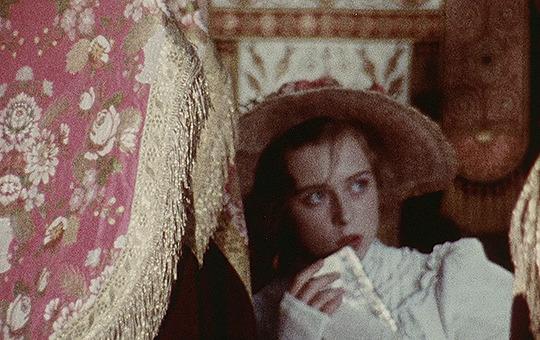
5. The Fruit of Power
This final tale is bizarre and borderline surreal. A young girl, seduced by a libertine older man, ends up in a world where s.e.x is politics, and bodies are currency. It’s less explicit, more symbolic. A mess of fruit, thighs, masks, and unspoken deals.
There’s barely a plot. Just imagery—piled high and dripping with metaphor. Think: Eyes Wide Shut shot with 1970s film stock and more sweat.
6. Why It Feels Wrong—And Why That’s the Point
Let’s be clear: this film is not “hot” in a modern sense. It’s not porn. But it’s not safe either. Immoral Tales pushes your limits not to excite you—but to test you. To expose the hunger you hide, and the shame you pretend doesn’t exist.
There are no jokes here. No ironic distance. This is sincerity weaponized with lust. A mirror held to your most private shadows. You don’t laugh during Immoral Tales. You squirm.
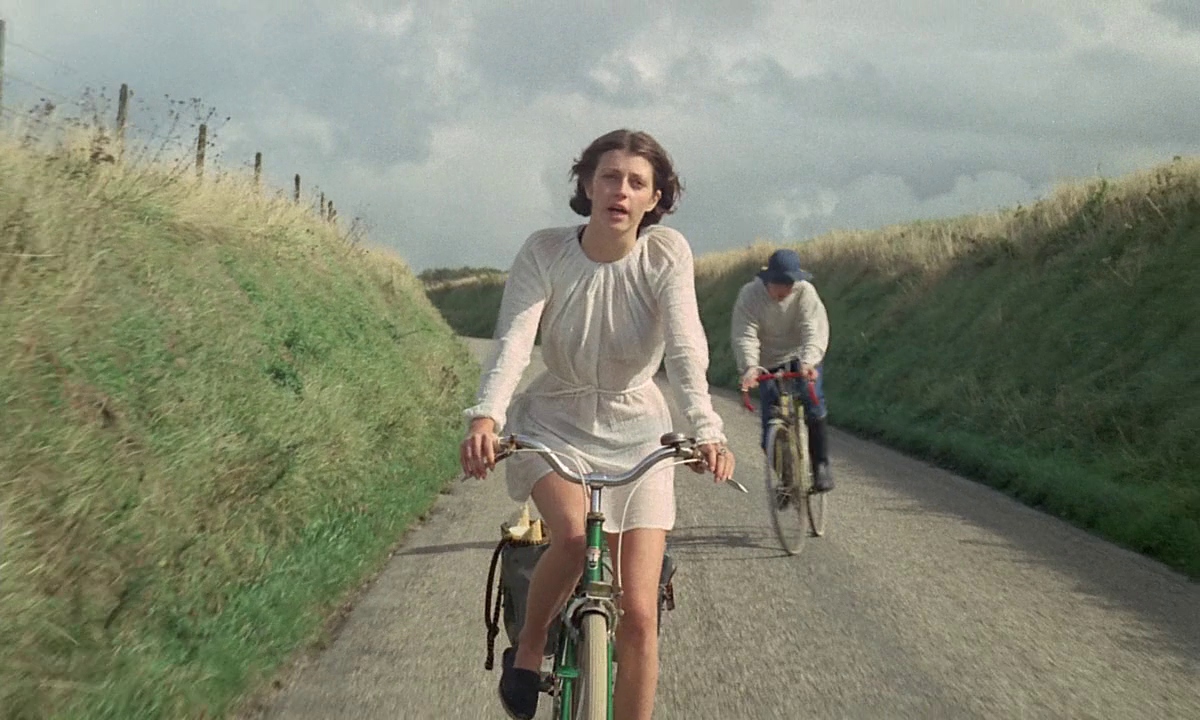
7. Baroque Decay
Visually, the film is stunning. Each frame looks like a perverse painting from a forgotten cathedral. Dust dances in sunlight. Skin glows like forbidden fruit. Hair spills over marble altars. And the pacing? Slow. Teasing. Torturous.
Borowczyk was once an animator, and you feel that precision in every detail. Nothing is accidental. Every breast, every drop of blood, every candle… it all means something. And that something is not always pleasant.
8. Who Is This Film For?
If you’re looking for a plot, go watch something else. If you’re looking for resolution, closure, moral clarity—run. Immoral Tales offers none of that. Instead, it offers you a mirror and asks: What are you really afraid of? Youth? Desire? Faith? Yourself?
This is a film for the curious. The bold. The ones who understand that cinema is not always there to comfort—it’s sometimes there to unravel.
Walerian Borowczyk dares you to look at what you’re not supposed to. And deep down, you want to.
And that’s the most immoral tale of all.



